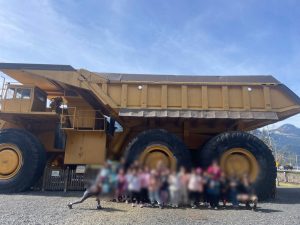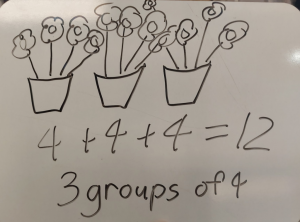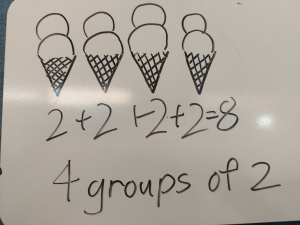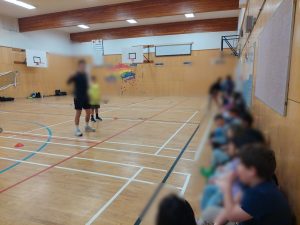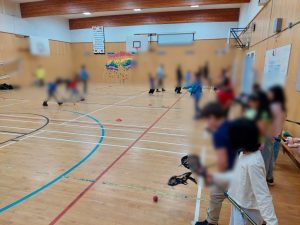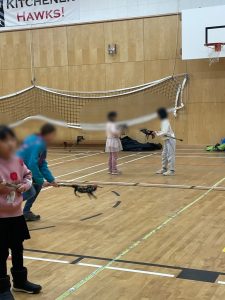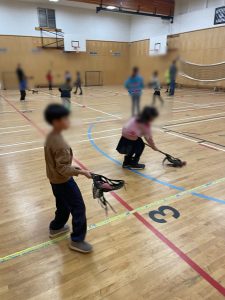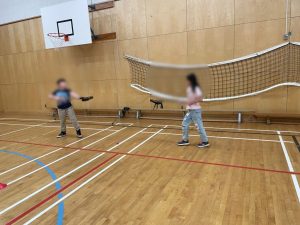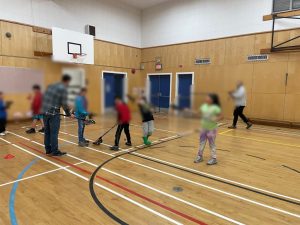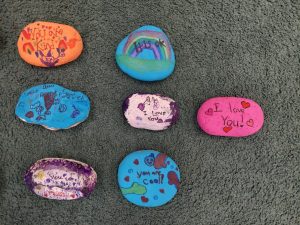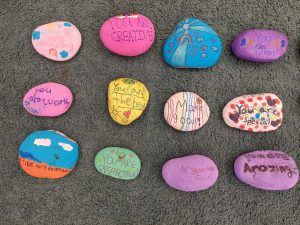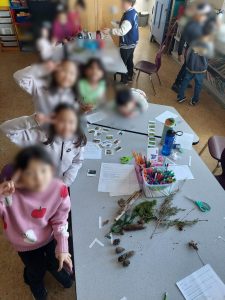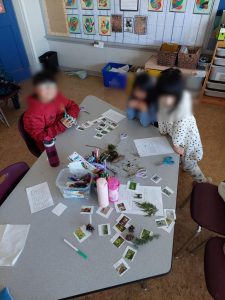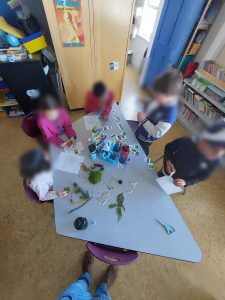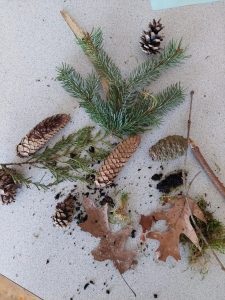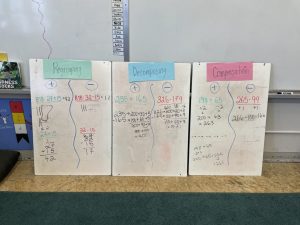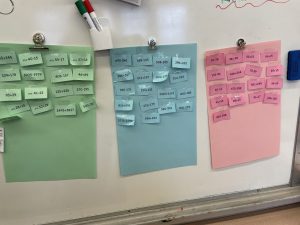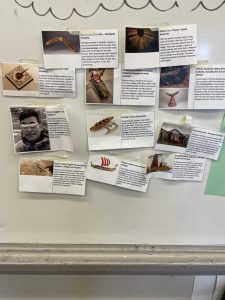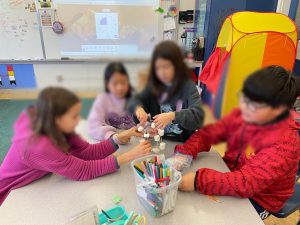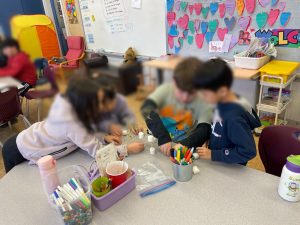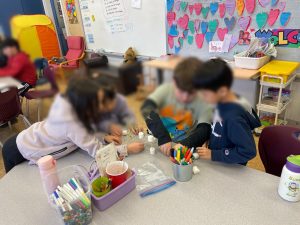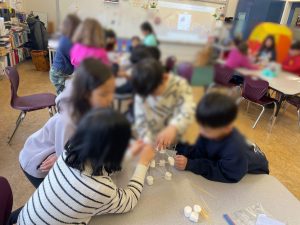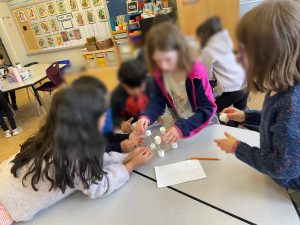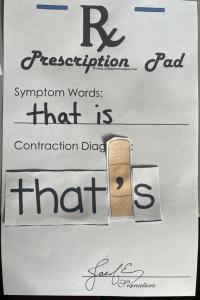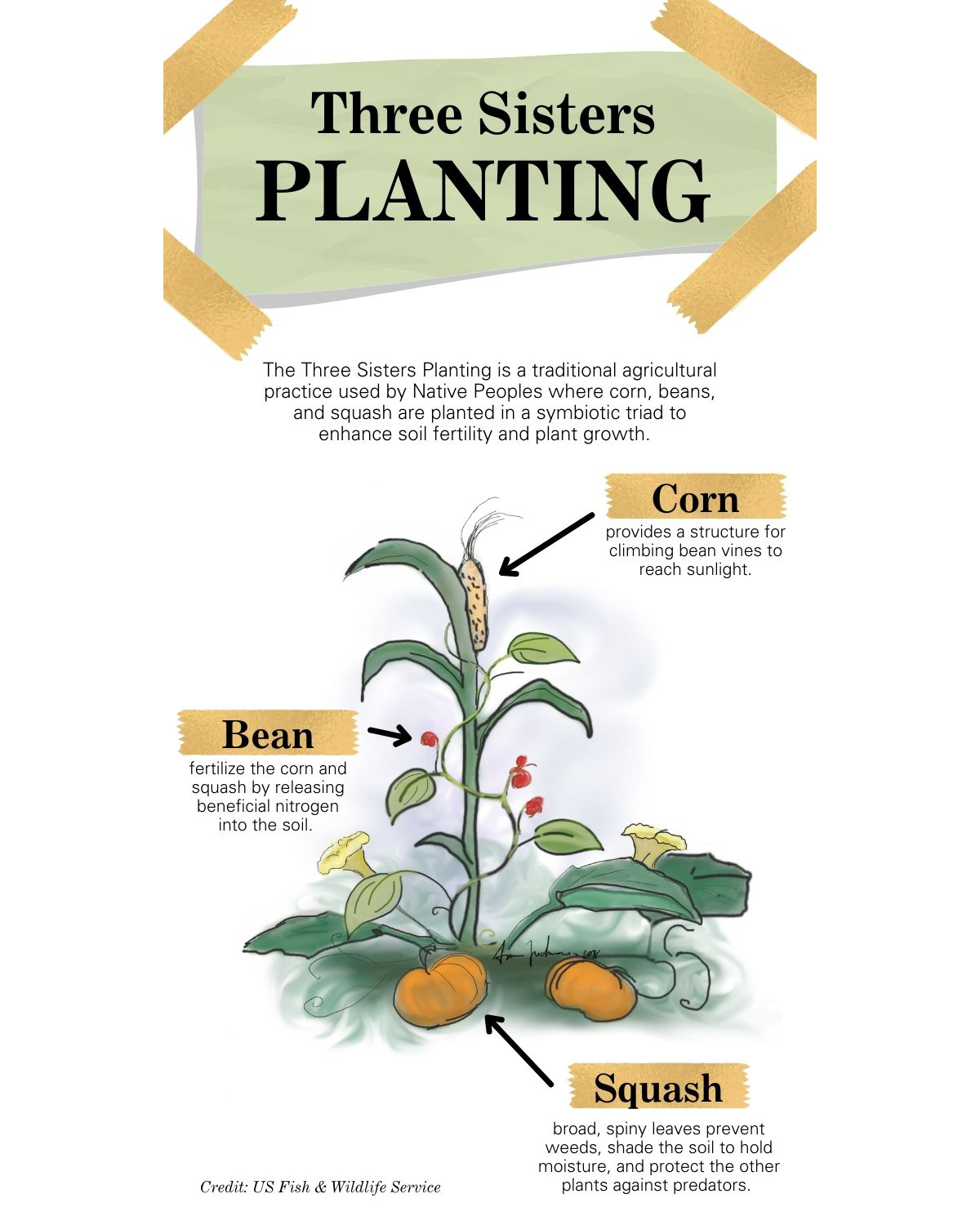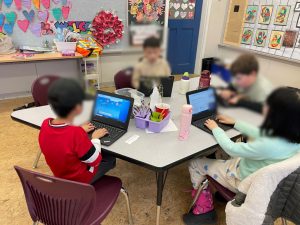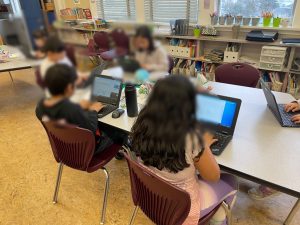Week 25: Britannia Mines, Story Writing, Introduction to Multiplication
Dear Division 11 Families,
We hope you are having a wonderful weekend!
We had an amazing time on our field trip to Britannia Mine Museum. Thank you again to our parent drivers for making this trip possible! We’ve created a folder with photos from the field trip, which will be shared with you via email soon.
Here’s a glimpse into the fun learning that has been happening in class over the past week:
Science
This week, our class went on an exciting field trip to Britannia Mine! We learned all about the history of mining and how it has impacted local communities over the years. Students got to wear hard hats and ride an underground train, giving them a real sense of what it was like to work in the mines. They also saw live demonstrations of old mining equipment, which brought the experience to life. Inside the museum, we explored interactive exhibits that showed how minerals are extracted and processed. One of the biggest highlights was gold panning—students had so much fun searching for minerals and were thrilled to take home their discoveries. We left with a deeper understanding of Earth science and the effects of human activity on our environment.
The Smart Cookie
Among the many books we read this week, we reflected on The Smart Cookie by Jory John. This heartwarming story explores themes of self-awareness, growth, and confidence. As a class, we discussed how being “smart” can mean different things to different people, and that intelligence comes in many forms. Students shared what makes them feel smart and created “I am smart because…” statements to celebrate their personal strengths. This activity not only helped students recognize their own unique abilities but also strengthened our classroom community by highlighting the diverse ways we all shine as “smart cookies.”
Here’s a link to the book: The Smart Cookie.
Language Arts
In Language Arts, we focused on building the structure of our stories and learning key writing techniques. Students began typing their first drafts, organizing their ideas into clear sections and creating a solid layout to support the editing process. A big focus this week was writing strong introductions that hook the reader and draw them into the story. This stage of the writing process gave students the opportunity to strengthen their work before moving on to peer feedback and revisions.
Math
This week in Math, we began learning about multiplication! Students explored the concept as “repeated addition” and “equal groups of” through games, real-world examples, and hands-on activities. One of the highlights was a new game called Circles and Stars, which helped reinforce the idea of equal groups in a fun and visual way.
Feel free to try playing this game at home to support your child’s learning—we’ve included a link here to show how Circles and Stars is played.
Happening This Week:
- April 8th – Science Workshop
This workshop will take place in our classroom from 9:00–10:00 a.m. Please help your child arrive on time so we can begin smoothly. For this activity, we are looking for 2L plastic bottles. If you have any at home, we would greatly appreciate you sending them in for us to use! - April 9th – Honeybee Workshop
This workshop will be held in the gym from 2:00–3:00 p.m. Students will be dismissed from the gym afterward. Thank you, families, for sending in your forms!
We are always so appreciative of your support. Have a relaxing evening!
Warm regards,
Jake, Cailyn, and Livia
